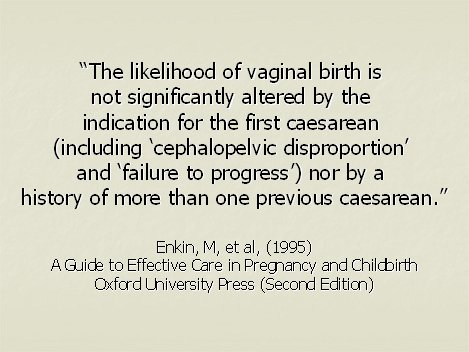About half of women experience some swelling of their gums in pregnancy. This condition, known as pregnancy gingivitis, can be the result of hormones that cause swelling of the mucous membranes in the body. It can be uncomfortable, causing slight, bleeding, redness or tenderness. However, a more advanced oral problem called periodontal disease may also affect the health of your unborn baby. Periodontal disease is a serious gum infection that left untreated destroys attachment fibers and supporting bone. But your teeth may not be the only thing you risk by ignoring your oral heath.
Some studies have shown a relationship between periodontal disease and preterm birth and low birthweight babies. They suggest that expectant women with periodontal disease may be up to seven times more likely to have a baby that's born too early or too small. A study appearing in the July issue of the Journal of Periodontology found bacteria commonly found in the mouth and associated with periodontal diseases in the amniotic fluid of some pregnant women. Amniotic fluid is a liquid that surrounds an unborn baby during pregnancy. Any disruptions in the amniotic fluid, such as a bacterial infection, could be dangerous to both the mother and baby. These findings could have an important implication for women and babies' heath since simple improvement of dental hygiene may help to reduce the incidence of unknown complications in pregnancy and newborn babies.
Periodontal disease has also been linked with cardiovascular disease. The most prevalent bacteria in the samples from the studies may have come from the vagina; however, two of the species were recognized as coming from the mouth and are not normally found elsewhere in the body. These particular bacteria, Granulicatella elegans and Streptococcus sinensis, are known to be able to enter the bloodstream and have previously been associated with infections remote from the mouth such as infective endocarditis.
As you make your way through the “to-dos,” remember to check off a visit to the dentist or periodontist. This baby step benefits you and your unborn baby.
- The American Dental Association (ADA) recommends that pregnant women eat a balanced diet, brush their teeth thoroughly with an ADA-approved fluoride toothpaste twice a day, and floss daily
- Have preventive exams and cleanings during your pregnancy
- Let your dentist know you are pregnant
- NO XRAYS or Mercury Fillings
- Postpone non-emergency dental work until the second trimester or until after delivery, if possible
- Elective procedures should be postponed until after the delivery
- Maintain healthy circulation by keeping your legs uncrossed while you sit in the dentist's chair
- Take a pillow to help keep you and the baby more comfortable
- Bring headphones and some favorite music
My dad was my dentist growing up, and before I because a doula and childbirth educator, I worked as a dental assistant. I will never forget my Dad's words "Only floss the teeth you want to keep !"
Please remember that your oral health is very important to your own health and the health of your baby!
Some of Birthwhisperer's favorite products for good oral health include:
Tom's Natural Toothpaste and Antiplaque Floss www.tomsofmaine.com

Tom's Natural Toothpaste and Antiplaque Floss www.tomsofmaine.com

The Radius Intelligent Toothbrush www.radiustoothbrush.com










